
Heroínas Natalia Goncharova pintora rusa
Goncharova's creations were made largely alone. Dressed in her preferred working attire of men's clothes, she grafted in a factory on Moscow's outskirts. Natalia Goncharova's Peasant Woman.
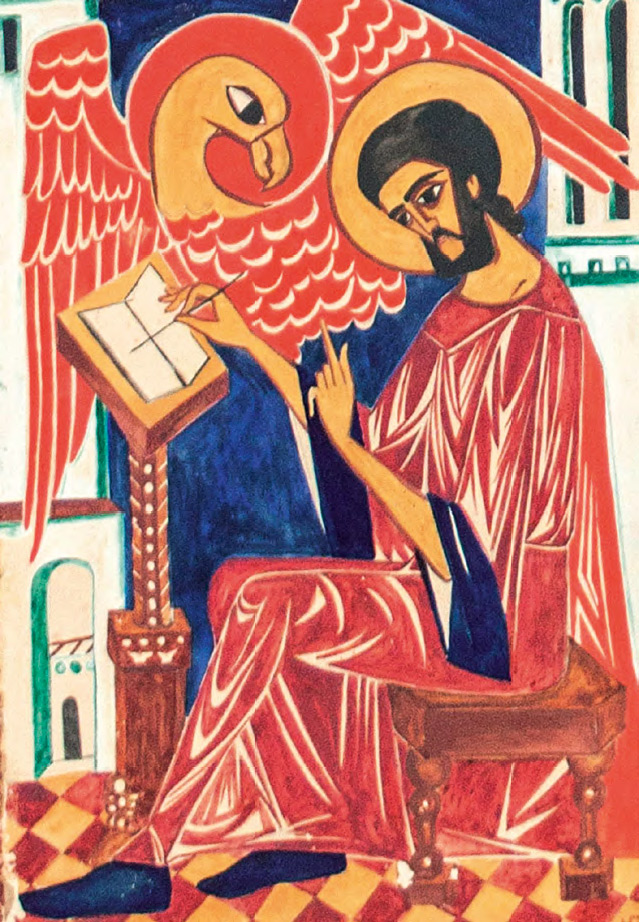
Natalia Goncharova A Discovery The Tretyakov Gallery Magazine
The Trailblazer. An early leader in the Russian avant-garde, Natalia Goncharova blazed a trail with her experiments in art and design. During her dazzling and sometimes controversial career she created paintings, sculptures and religious series, refusing to let gender define her artistic approach. She also worked on stage sets, illustrated.
.jpg?mode=max&width=1025)
NATALIA GONCHAROVA (18811962), Set design for 'Le Coq d'or' Christie’s
An early leader in the Russian avant-garde, Natalia Goncharova blazed a trail with her experiments in art and design. During her dazzling and sometimes controversial career she created paintings, sculptures and religious series, refusing to let gender define her artistic approach. She also worked on stage sets, illustrated socialist newspapers.

Costume design for 'Liturgie' St Luke Art gallery, Artist, Russian art
Instead, Goncharova's women actively enjoy the delights of the countryside in sisterly camaraderie, fully clothed and without men. This painting and the explosive room that follow make clear the full force of the artist's unique contributions to the avant-garde. Natalia Goncharova. A Model (against a Blue Background) 1909-10, oil on.

Natalia Goncharova review revolutionary visions from a lost Russia
Natalia Goncharova was a Russian artist known for her Futurist paintings. View Natalia Goncharova's 2,136 artworks on artnet. Find an in-depth biography, exhibitions, original artworks for sale, the latest news, and sold auction prices. See available works on paper, paintings, and prints and multiples for sale and learn about the artist.

Natalia Goncharova, 'Gardening' 1908 Henri Rousseau, Helsinki, Framed
Natalia Goncharova (1881-1962) was a dynamic and unorthodox individual. Unusual for female artists of the period, she was famous within her own lifetime, and revered as a leader of the Russian avant-garde by her male colleagues. Supported by her partner Mikhail Larionov, she helped to revolutionise the Russian art scene of the early 1910s.
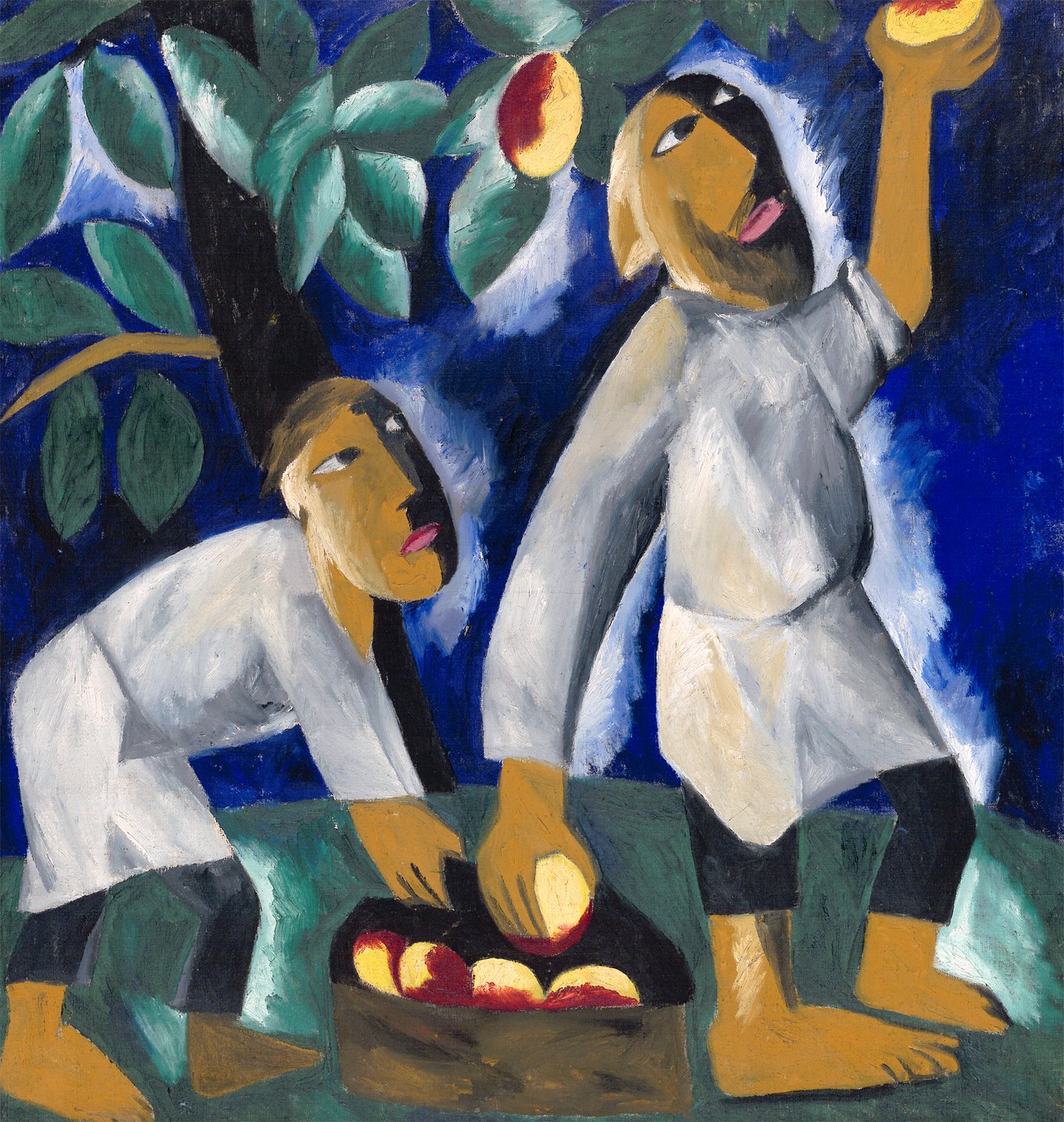
Natalia Goncharova Exhibition at Tate Modern Tate
Natalia Sergeevna Goncharova (Russian: Ната́лья Серге́евна Гончаро́ва; 3 July 1881 - 17 October 1962) was a Russian avant-garde artist, painter, costume designer, writer, illustrator, and set designer.Goncharova's lifelong partner was fellow Russian avant-garde artist Mikhail Larionov.She was a founding member of both the Jack of Diamonds (1909-1911), Moscow's.

Natalia Goncharova
Natalya Goncharova, (born June 4, 1881, Nagayevo, Russia—died October 17, 1962, Paris, France), innovative Russian painter, sculptor, and stage designer who was a founder, with Mikhail Larionov, of Rayonism (c. 1910) and was a designer for the Ballets Russes.In the 21st-century art market, Goncharova's paintings brought some of the highest prices for works by women artists.
.jpg?maxwidth=1010&maxheight=650)
Natalia Goncharova (18811962)
Natalia Goncharova. Negaievo, 1881-Paris, 1962. Natalia Goncharova was notable for her leadership of the Russian avant-garde before the Soviet Revolution and for her intense collaboration in the staging of the ballets of her compatriot Serge Diaghilev. Born into a family belonging to the rural gentry and the great-granddaughter of Alexander.
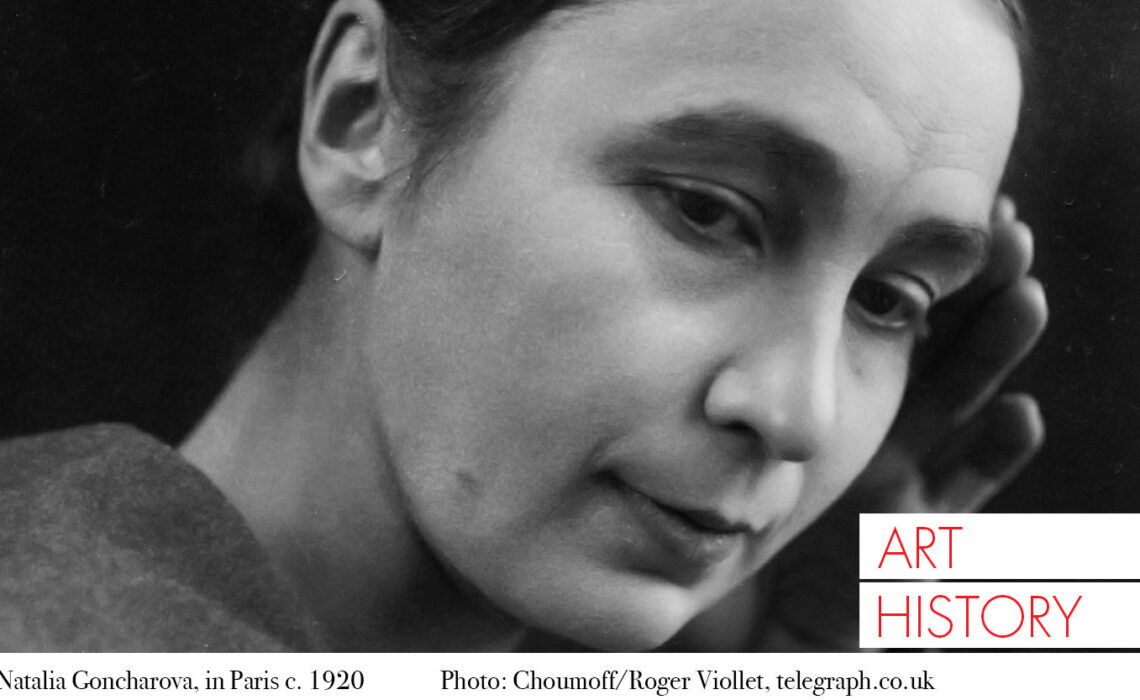
Sybaris Collection © 5 moments to meet... Natalia Goncharova
To all the artists today who are working between mediums, collaborating with others across disciplines, and exploring personal identity in nationalist times, meet your patron saint: Natalia Goncharova.The Russian artist's rigorously experimental, interdisciplinary approach to the arts—from drawing, painting, and illustration to printmaking, performance, and costume and set design—is the.

MWtv La straordinaria figura di Natalia Goncharova Nora Comunicazione
Natalia Sergeevna Goncharova was born on 21 June 1881 to Sergei Nikolaevich Goncharov and Ekaterina Ilinichna Belyaeva in the town of Negaevo in Russia.1 Her father was an architect and mathematician.2 Her mother's family had close links with the priesthood, and her maternal grandfather taught at the Moscow Theological Academy.3 Raised and educated largely by her mother and maternal.

Natalia Goncharova review revolutionary visions from a lost Russia
Goncharova was born in Tula, Russia. Her great-grandfather, Sergei Nikolaevich Goncharov, was the brother of Natalia Nikolaevna Goncharova, who married the poet Alexander Pushkin. In 1892, her family moved to Moscow, hoping to improve its financial condition. While at school, Goncharova developed an interest in history, zoology, and botany but.
.jpg?mode=max)
Natalia Goncharova (18811962)
The first Goncharova retrospective in the UK, it brings together 500 of the raw, vibrant works she produced in the first decades of the last century. Together they paint a portrait of a truly.
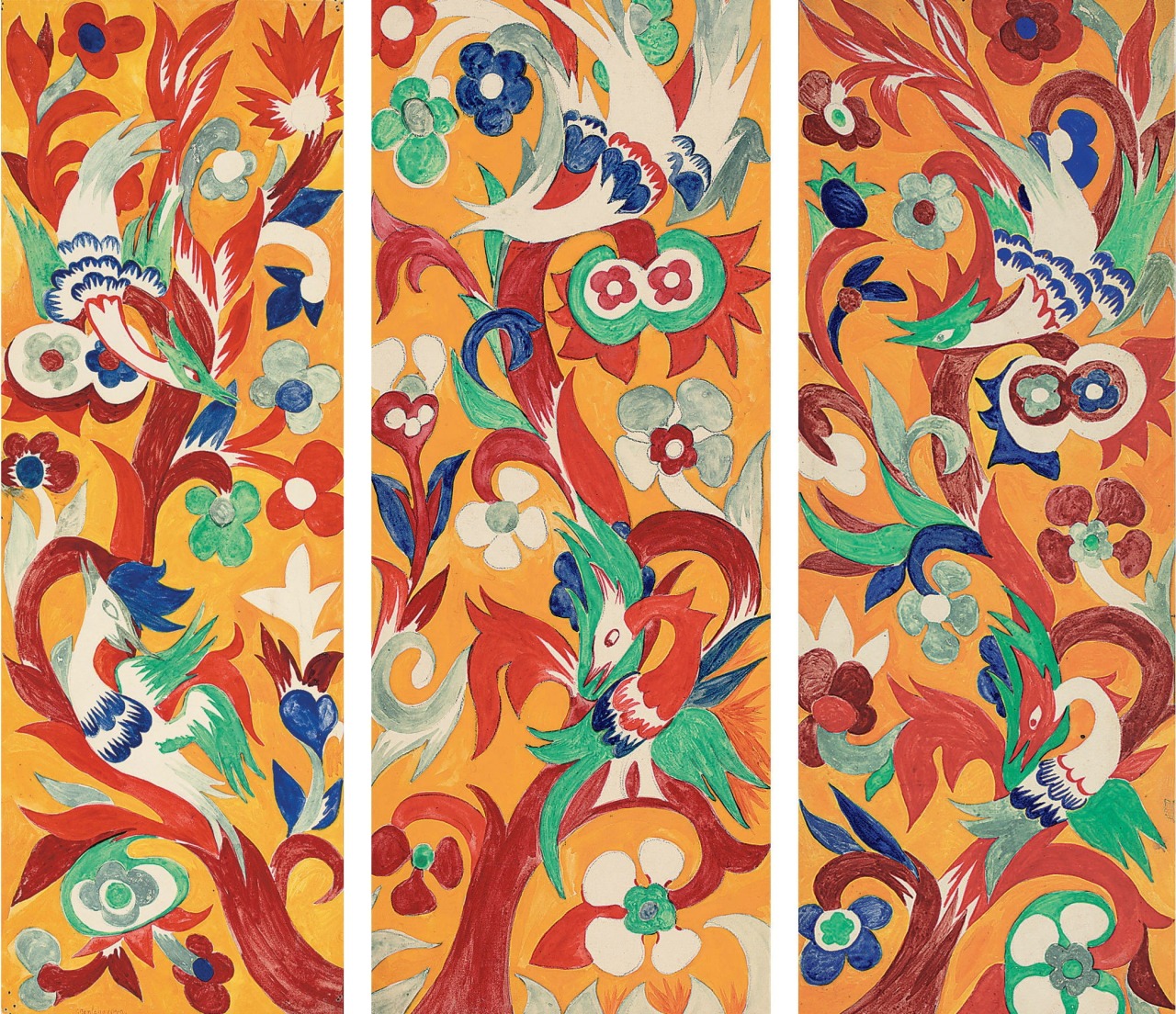
pinkpagodastudio Natalia Goncharova
Ruzena Zatkova letter to Natalia Goncharova, November 13 1916. Pomajzlova. P. 406. Zatkova would stay in the sanatorium until 1919, the year of her return to Italy, where she died in 1923, having spent about four years between Macugnaga (Piedmont) and Genoa. Ruzena Zatkova letter to Natalia Goncharova, December 3 1916. Pomajzlova. P. 406.

Natalia Goncharova A Discovery The Tretyakov Gallery Magazine
Throughout her long and varied career, Natalia Goncharova (1881-1962) challenged the limits of artistic, social and gender conventions. By the age of 32, she had already established herself as a leader of the Russian avant-garde. Soon after, she achieved international fame for her vibrant costume and set designs for the Ballets Russes in Paris.
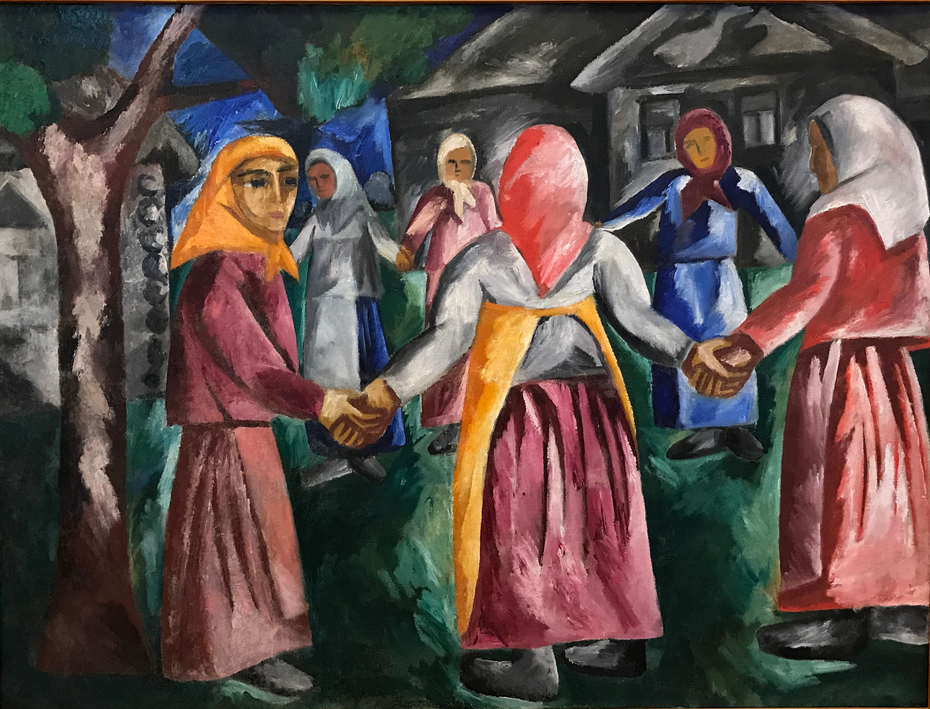
Untitled by Natalia Goncharova USEUM
Summary of Natalia Goncharova. The work of Natalia Goncharova oscillates between tunes of the sacred and notes of the profane. From an influential, wealthy, and musical family, the artist's own interests lay with Russia's rural workers and by seeming contradiction, with a cast of otherworldly characters. In her paintings, peasants portrayed in.